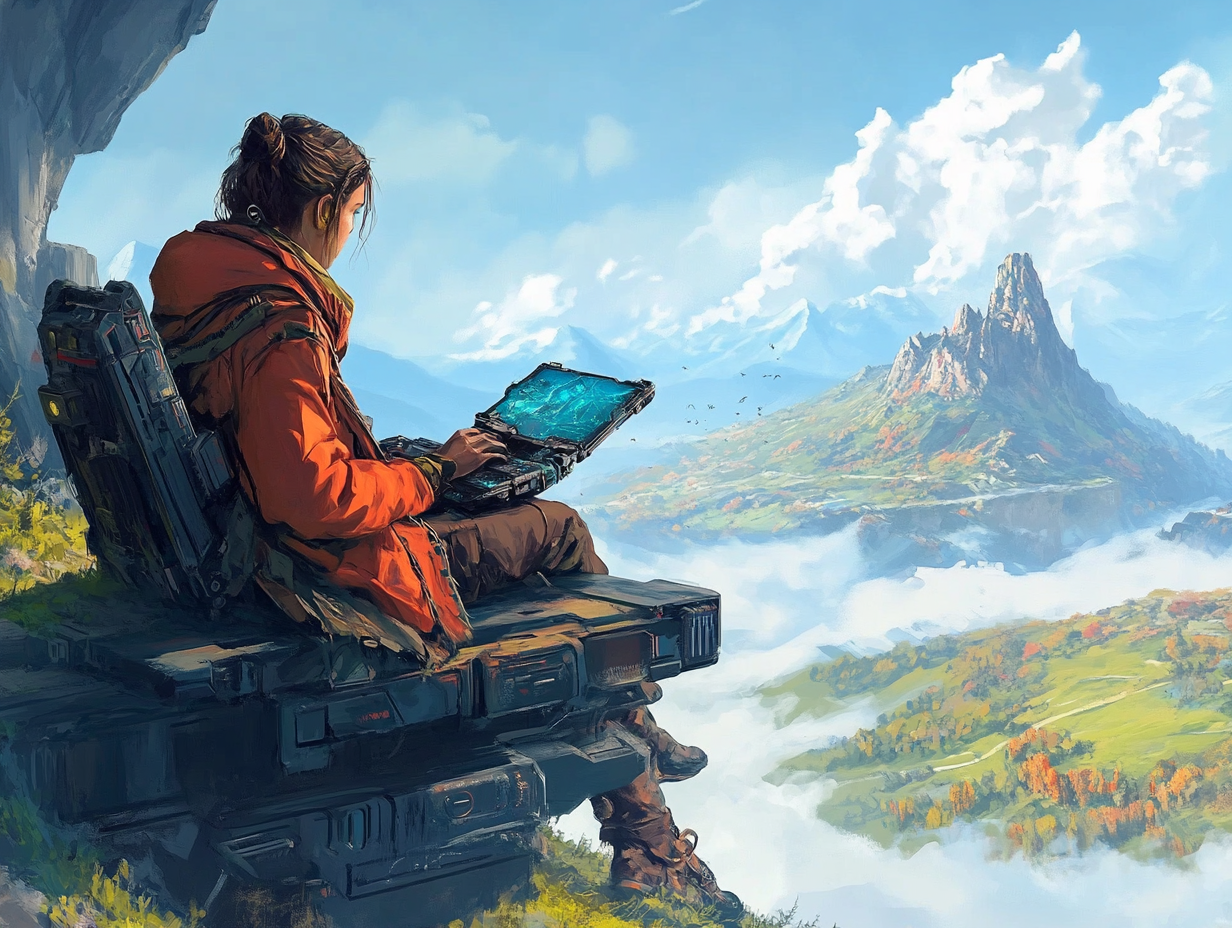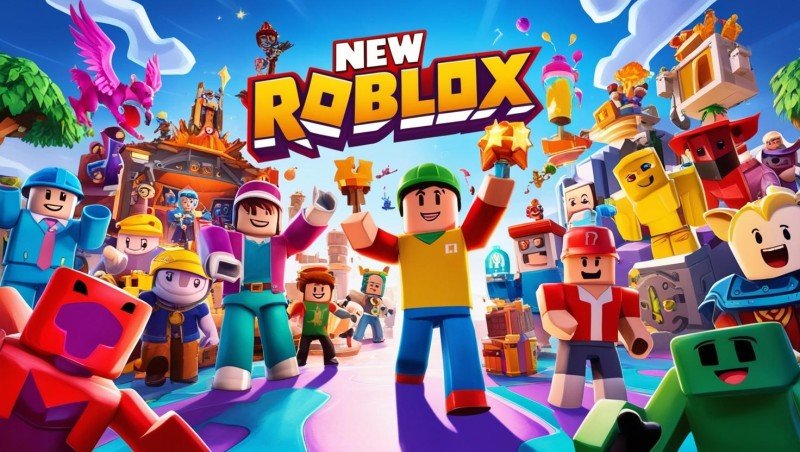Have you ever wondered about the intricate process behind creating your beloved video games? The journey from idea to finished product involves a combination of creativity, technical expertise, and countless hours of hard work. In this article, we will take you behind the scenes and unveil the secrets of the game development process.
Game development begins with an idea. Developers brainstorm and conceptualize the game's concept, storyline, characters, and gameplay mechanics. This phase is crucial as it lays the foundation for the entire project. Once the concept is finalized, the development team moves on to designing the game.
Designing a game involves creating detailed artwork, animations, and sound design. Artists and designers work together to bring the game world to life, creating visually stunning environments, character models, and special effects. This stage is where the game's unique aesthetic and visual style are established. Simultaneously, the development team focuses on programming the game's mechanics and functionalities, such as controls, player interactions, and artificial intelligence.
The Power of Immersion: Crafting Captivating Game Worlds
In the realm of video game development, the ability to create a captivating and immersive game world is crucial for leaving a lasting impression on players. Whether it's exploring a fantasy kingdom, navigating a post-apocalyptic wasteland, or traversing the vastness of space, the visual and interactive elements within a game have the power to transport players to new and exciting realities.
One of the key elements in crafting a captivating game world is attention to detail. Every aspect, from the smallest environmental element to the grandest architectural structure, should contribute to the overall atmosphere and narrative of the game. By seamlessly integrating visually stunning graphics, realistic sound design, and intuitive gameplay mechanics, game developers can enhance the sense of immersion and make players feel like an integral part of the virtual world.
Another important factor in creating captivating game worlds is the exploration factor. Giving players the freedom to roam and discover hidden secrets within the game world not only fosters a sense of adventure and curiosity but also encourages prolonged engagement. Whether it's uncovering hidden treasures, stumbling upon hidden lore, or encountering unexpected characters, the thrill of exploration adds depth and realism to the gaming experience, making it all the more memorable.
Unleashing Creativity: Understanding Game Design and Mechanics
Video games have become an integral part of our modern entertainment culture. Behind every beloved video game lies a team of talented individuals who meticulously craft the game's design and mechanics. Understanding the fundamentals of game design is crucial for aspiring game developers and enthusiasts alike. By diving into the secrets of game design and mechanics, you can unlock the potential to create your very own captivating video game.
Game design involves the process of conceptualizing and creating the structure, rules, objectives, and overall experience of a video game. It encompasses various elements such as gameplay mechanics, level design, character development, storytelling, and visual aesthetics. Each of these components contributes to the player's immersion and enjoyment. Analyzing successful games can provide valuable insight into what makes a game engaging and memorable, which can then serve as a springboard for your own creative endeavors.
Game mechanics, on the other hand, refer to the rules, actions, and systems that govern gameplay. They define how the player interacts with the game world, the challenges they face, and the strategies they employ to overcome obstacles. Well-designed game mechanics strike a delicate balance between challenge and reward, providing players with a sense of accomplishment and progression. From simple platformers to complex role-playing games, game mechanics can vary greatly, but they all aim to create an engaging and enjoyable experience.

Connecting with Players: The Art of Narrative in Gaming
The art of narrative in gaming holds a special place in the hearts of players everywhere. It is through skillful storytelling that video games are able to transport players to captivating, immersive worlds where heroes are born, villains are vanquished, and adventures unfold. This unique form of interactive storytelling allows players to not just witness the narrative, but to actively participate in it, making the gaming experience all the more memorable.
One of the key elements in creating a successful narrative in gaming lies in connecting with players on a deep emotional level. A well-crafted story has the power to evoke a wide range of emotions – from joy and excitement to fear and sadness. By engaging players' emotions, game developers can create a memorable and impactful experience that resonates long after the game is over. It's through the emotional connection that players form with the narrative and its characters that truly makes a game beloved.
Moreover, a compelling narrative in gaming not only drives the overall story arc but also shapes the gameplay itself. Whether through branching storylines, player choices, or interactive dialogue options, developers can empower players to actively shape and influence the outcome of the game. These narrative-driven mechanics add depth to the gameplay and provide players with a sense of agency – the feeling that their decisions matter and have meaning within the game world.
The immersive nature of video games allows for innovative narrative techniques that can't be replicated in other forms of media. The use of non-linear storytelling, where the sequence of events is not necessarily chronological, can create intrigue and surprise, keeping players on the edge of their seats. Furthermore, game narratives can utilize visual storytelling, incorporating stunning graphics, character designs, and atmospheric elements to convey the story without relying solely on dialogue or text.



